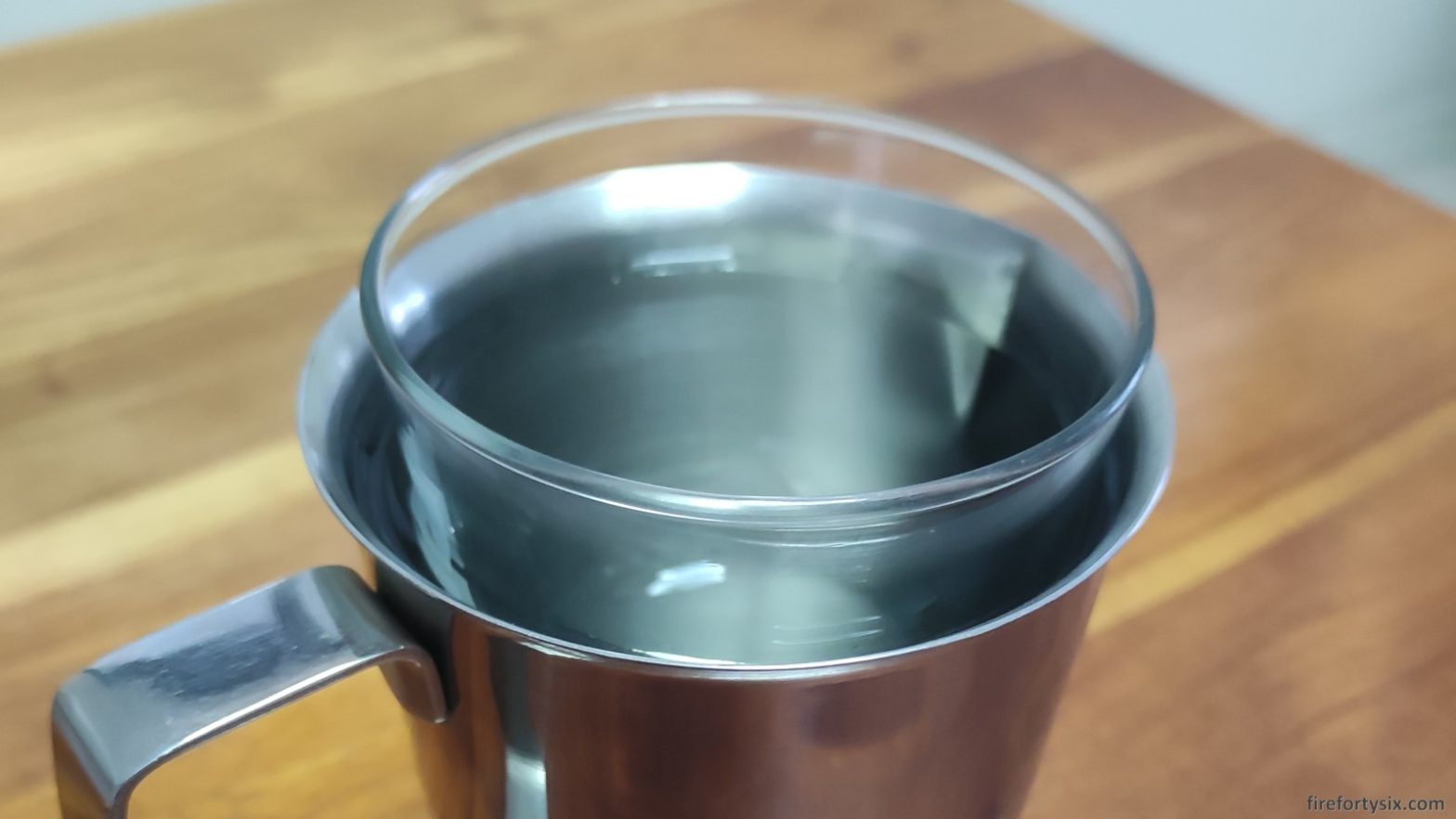The road to “Living with Covid-19” is long and winding, and just as we thought that we were firmly on the path to endemicity, new social restrictions kicked in.
To mark the occasion, or more accurately, to take the edge off my disappointment, I opened a bottle of the Ozeki Junmai Daiginjo (大関 純米大吟醸) that was lying in the vegetable compartment of our fridge.


The English text on the front label proclaimed it as a “delicious junmai daiginjo with a mellow and subtle sweetness that presents an elegant scent with a distinctive taste.”
Okay, sounds oishii.
The back label presented more information: SMV +0, Acidity 1.6, Rice polishing 50%, Alcohol content 15-16%. Which, on paper, seemed like the kind of sake that we would enjoy.


Specifically, the SMV and Acidity values were close to our favourite sake so far, the delicious and delicate Kuheiji “Eau du Désir” JDG (醸し人 九平次 純米大吟醸). As we swirled and sniffed the Ozeki, the floral aroma coming out from the wine glass was quite enticing.
Expectations were high as we took our first sip, but we were left disappointed as its taste didn’t quite live up to its scent. It wasn’t as sweet or smooth as we had hoped, and the bite from the alcohol was quite strong.
We took our time drinking it, and as it slowly warmed up to room temperature, it tasted surprisingly better. The edge from the alcohol was less sharp, and it felt smoother going down the throat.
“Hmm… I wonder how it would taste if I heated it up further?” said my inner voice to my brain. And then I rigged a makeshift sake warmer using a measuring jug and a coffee glass.


The glass was warm but I could hold it comfortably, which meant that it was probably around 50°C-ish. We had learnt how to roughly gauge temperature from a waitress at the Kaboku Tearoom in Ippodo Kyoto.
She was brewing a delicate Gyokuro (玉露) tea for us, which required a brewing temperature of around 60°C. She didn’t use a thermometer, and poured boiling water from one cup to another until it was still warm but just comfortable enough to hold in the hands.
I still remember the sensation, and the sake that I had heated up was slightly cooler. We took a sip and it tasted completely different from earlier. Somehow, the heat made the flavour even less sharp and more rounded, resulting in a very comforting and tasty cup.
“Perhaps this particular sake was meant to be drunk warm?” I thought to myself, but Ozeki.co.jp said no.

Hmm… interesting. Even though the recommended serving temperature was 4-10°C, we actually preferred it warmed up to around 50°C.
At this point, you might have guessed what happened next.
Yes, I had to find out if it would taste even better heated up further to 60°C.
The following day, we had another glass and I repeated the warming up process. But this time I did it too aggressively and cracked the glass coffee cup. “Perhaps it was already compromised from before,” The Wife consoled me as I cleaned up the mess.
She proceeded to dig out a metal whiskey highball cup that I had bought as a souvenir from the Nikka Yoichi distillery in Hokkaido, and I safely completed the exercise.

This time, the cup was hot to the touch, and we let it cool down until it was just about comfortable to hold before taking a sip. It wasn’t as nice as before, but after letting it cool down further, we managed to recover the same comforting taste.
It was starting to rain quite heavily, and we finished the remainder of the bottle. Warm sake goes really well on a cold rainy afternoon.
So, if you’re like us and typically drink your sake cold, when you come across a bottle that’s not particularly oishii, perhaps try heating it up to see if you like it better warm.
Note: This post contains affiliate links. If you use these links to buy something, I may earn a commission. Thanks.
